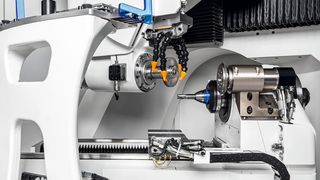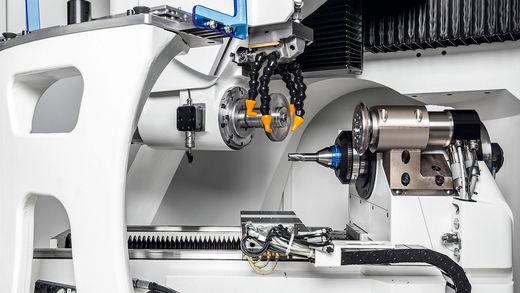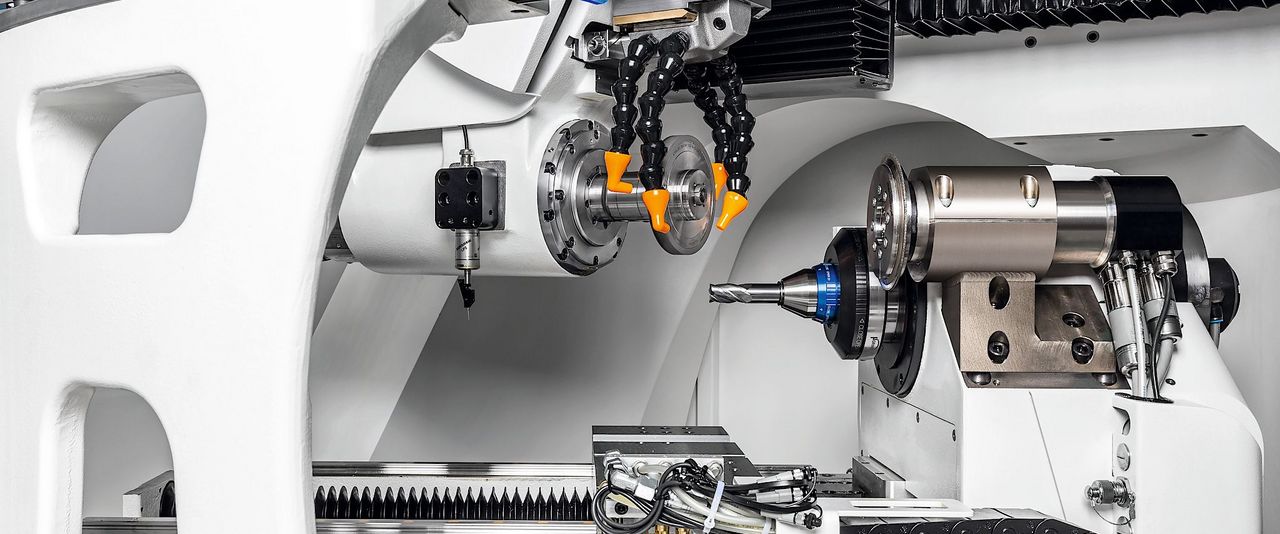Six Tips for Optimizing the Performance of Your Grinding Machine
A quality machine is essential to grinding excellent parts for customers. But optimizing machine performance and extending machine life are almost entirely in the hands of the humans who run them. These six, simple tips give key insight into keeping your machine healthier for longer.
Tip 1: Read Carefully
Upon arrival, read important notes before unwrapping your new machine. Getting the new machine unpacked without first consulting these notes can mean missing information like:
- information on power and other requirements/specifications
- how to connect power, pneumatics, coolant system
- how to remove shipping brackets
- how to connect and startup the fire extinguisher system
By taking the time to read the machine’s manual and to understand the working elements, you’ll have a better understanding of how your machine works – which will let you correctly make part adjustments, set up things like a steady rest or tailstock, and more.
Tip 2: Preventative Maintenance is the Most Important Maintenance
While it may seem counterintuitive to shut your machines down for preventative maintenance (PM) when nothing is wrong, a regularly scheduled, regularly conducted PM will save the massive downtime a major break or malfunction will cause. And running a clean, perfectly functioning machine will always be more pleasant to work on and produce a better impression on customers.
To maximize the benefits of PM:
- ask your machine’s customer care program for yearly PM contracts
- ask customer care if they offer machine evaluations
- stick to a regular schedule
Tip 3: Conduct Daily Tasks
A daily element of PM are small tasks that may be easily overlooked. But taking around ten minutes each day to perform these tasks can keep your machine’s health front-of-mind, helping you spot problems early.
Daily tasks include:
- checking incoming air pressure and bowl for water
- check your hydraulic oil level and for contamination
- check coolant levels and condition
- check safety such as door locks and e-stop
- check guideway covers for cracks or holes
- clean grinding spindle and tool holding
- wipe down the machine at the end of each working day
Tip 4: Treat Your Coolant as a Machine Part
Coolant has a huge impact on grinding results and treating it like a part of your machine will help keep your machine healthier for longer. Remember that some coolants are aggressive and can cause damage and that maintaining coolant and ambient temperature can prevent variations.
When inspecting your coolant, make sure to:
- confirm jets are set to the point of grinding
- use recommended coolant with high flash-point rating
- check concentration level
- remove swarf from the clean tank, which can cause finish issues
- check for bacteria build-up
Tip 5: Don’t Forget the Accessories
Although they’re not the worker-bee of your grinding machine, accessories like the mist collector can have a major impact on your machine’s health if not properly maintained.
Inspect accessories like:
- mist collector
- coolant tank
- coolant chiller, for proper/operating temperature control
- collets, hydraulic chucks, and other work holding, for stability and wear-and-tear
- wheels, for runout, bond, and sharpness
- fire extinguisher operation, to conform to local regulations
Tip 6: Use Operator Best Practices
Operators have an enormous impact on machine health. An untrained operator can accidentally use the machine in an unsafe way or miss indicators of flagging machine health. While knowledge will always be passed from operator to operator, more methodical practices of training and quality assurance can significantly extend your machine’s life and improve customer outcomes.
In addition to carefully training your operators how to grind your products, consider these operator best practices:
- Contact your machine’s customer care team to schedule training classes, if offered
- Learn how to properly measure a machine
- Periodically schedule time to re-measure and re-qualify a machine
- Use proper tooling, wheels, and maintenance tools
- Avoid crashes by being attentive; don’t just push AUTO and walk away
- Take time to clean at the end of your shift and set up for the next shift
These six tips may seem simple or obvious, but they are the keys to a healthy machine and happy customers.
For more information contact UNITED GRINDING Customer Care.









